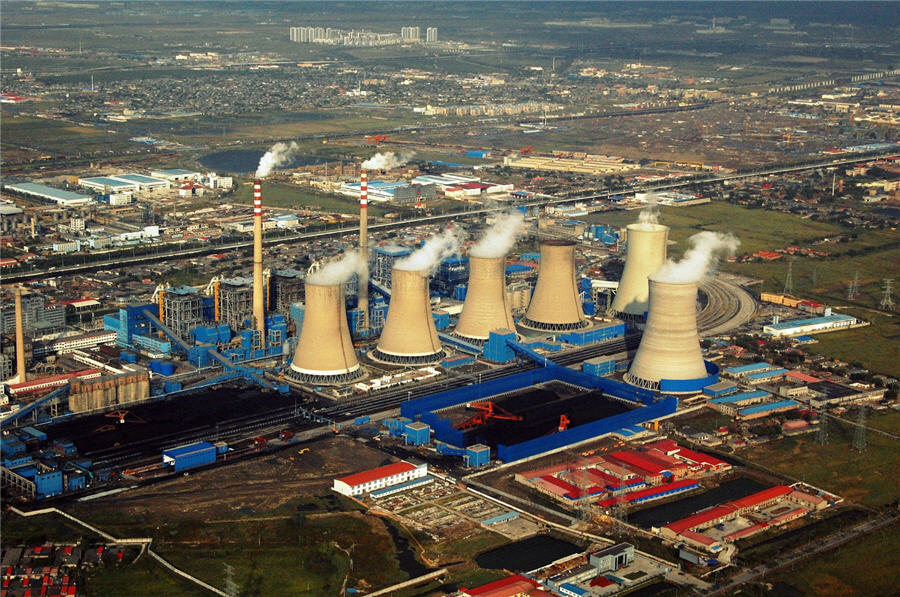
China massively accelerated its coal power plans in 2022, quadrupling the number of new permits and approving new capacity equivalent to all the UK’s plants combined.
Local governments permitted 106 gigawatts of new plants, the most since 2015, according to a report from the Centre for Research on Energy and Clean Air and Global Energy Monitor. Construction has already begun on 50 gigawatts, six times more than in the rest of the world combined, the researchers said.
“China continues to be the glaring exception to the ongoing global decline in coal plant development,” said Flora Champenois, an analyst at Global Energy Monitor. “The speed at which projects progressed through permitting to construction in 2022 was extraordinary, with many projects sprouting up, gaining permits, obtaining financing and breaking ground apparently in a matter of months.”
The surge in approvals follows severe power shortages last summer, when an epic drought dried up hydropower reservoirs while boosting air conditioning demand. Responding with new coal plants is a “sub-optimal solution,” the researchers said, as the money would be better spent on energy storage, grid upgrades and energy efficiency improvements.
Beijing’s willingness to keep investing in coal, in seeming contravention of its broader climate goals, shows an excess of caution when it comes to ensuring energy security. But just because new power plants are being built, it doesn’t mean they will be used.
China leads the world in clean energy investments, and once solar panels and wind turbines are operational they’re often used first to generate power because there’s no marginal cost for fuel. If new clean power installations are large enough to cover the growth in electricity use, less dirty coal will be needed and the new plants will be underutilized.
“To meet China’s goal of peaking CO2 emissions, the most urgent milestone is to scale up investments in clean power generation to cover all of power demand growth, which means declining demand for power generation from coal,” said Lauri Myllyvirta, an analyst with the the Centre for Research on Energy and Clean Air.
Comments